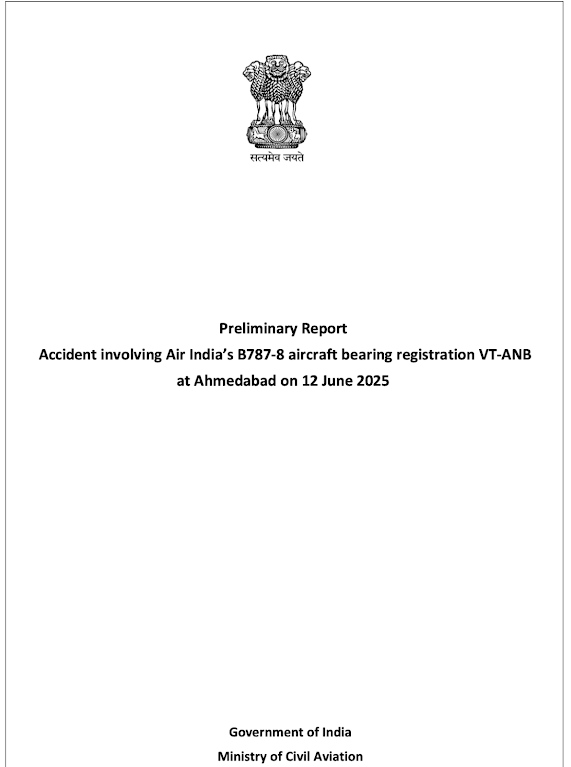#CONTEXT - Former RBI Governor- ShaktikantDas appointment to such a specialised job and today he has got into PMO as PS-2. His appointment was contested and scrutinised on account that at the time of entry into the service (IAS), he was just a BA graduate (History Hons.) and hence he shouldn't be given this task. In contrast, he was honored with the 'Governor of the Year 2023' award by the London-based financial journal Central Banking and received an A+ rating in the Global Finance Central Banker Report Cards for 2024. He was the one who successfully steered us amid COVID.
Many more such appointments are contested in the public domain on the same analogy. My below take on some mythical and factual errors over this SPECIALIST Vs. GENERALIST debate that public at large gets engulfed into.
---------------------------------------------------------------------------------------------------------------------
When we discuss the debate between specialists and generalists in public administration, particularly in the Indian context, we tend to adopt a myopic perspective. The fact remains that when we refer to generalists, it primarily denotes the mode of recruitment. For instance, the UPSC conducts a generalist examination to recruit high administrative officials. However, over time, these officers are absorbed into specialised cadres such as the Indian Revenue Service, Indian Police Service, Indian Trade Service, Indian Corporate Law Service, and others. The journey of these officers begins in a specialised environment with specialized training, offering numerous avenues for deeper specialisation within their respective domains.
A similar phenomenon is observed in the corporate sector, from where this jargon originates. Even in Business Administration, specialisation is developed after entering MBA programs, where students choose fields like Sales, Marketing, Finance, HR, etc. Later, through job postings, internships, and practical experience, they further refine their expertise. However, the mode of recruitment remains generalist in nature, as seen in the Common Admission Test (CAT), which assesses aptitude at a Class 10-12 level.
Specialisation is a journey; achieving a state of absolute specialisation would be a utopian idea. Both specialisation by experience and specialization by recruitment are distinct pathways designed to meet the dynamic demands of public administration.
Officers from the IAS, IPS, IRS, and other services gain specialisation through experience, training, role assignments, job enrichment, and various postings. One cannot compare an IAS or IPS officer with a basic BA degree at the time of recruitment to the same officer years later, who has gained deep specialisation within their service domain. Specialisation and being technically skilled to perform niche tasks—such as cloud computing, blockchain, MS Excel, data visualisation, etc.—are two different concepts. Skills can be acquired at any time as per job or situational requirements, while aptitude remains a fundamental prerequisite.
There should be no confusion between specialization and being skilled in a particular task.
For example, a film director (who's specialized) in overall filmmaking, yet he relies on a Director of Photography (skilled manpower) to ensure high-quality pixel capture efficiency. Similarly, IAS, IPS, and IRS officers belong to already specialized services within their respective domains; only their mode of recruitment is generalist. However, this recruitment process effectively assesses attitude and aptitude, which are essential, non-negotiable qualities for public service.
We should not assume that an exam is specialized merely because it contains questions on subjects like mathematics and science. In Indian administration, officers across various services attain specialisation in specific areas, such as:
- Water Resource Management – Parameswaran Iyer (IAS)
- Auditing – Indian Audit and Accounts Service (IAAS)
- Cyber Security – IPS officers
- Internal Security – Ajay Bhalla (IAS), presently the Governor of Manipur, an expert in internal security challenges. Who can be better than him equipped to handle the crisis.
- Geopolitics – Dr. S. Jaishankar (IFS)
- Economic Policy and Finance – Arvind Subramanian (Former Chief Economic Advisor, IAS)
- Technology and Digital Initiatives – Aruna Sundararajan (IAS, key contributor to Digital India)
- Health Policy and Public Health – Preeti Sudan (IAS, former Health Secretary of India)
- Urban Development – Keshav Varma (IAS, specialized in Smart Cities and Urban Planning)
- Disaster Management – Kamal Kishore (IAS, specialized in disaster response and mitigation)
Governance necessitates a macro outlook. Keeping the mode of recruitment at the basic zero stage as generalist allows aspirants to develop a foundational awareness/that macro outlook of their surroundings. Though there are ample room for improvements at all levels - recruitment, training, Job designation, Review etc., that's NOT the objective of the present analysis.
------------------------------------------------------------------------------------------------------------



